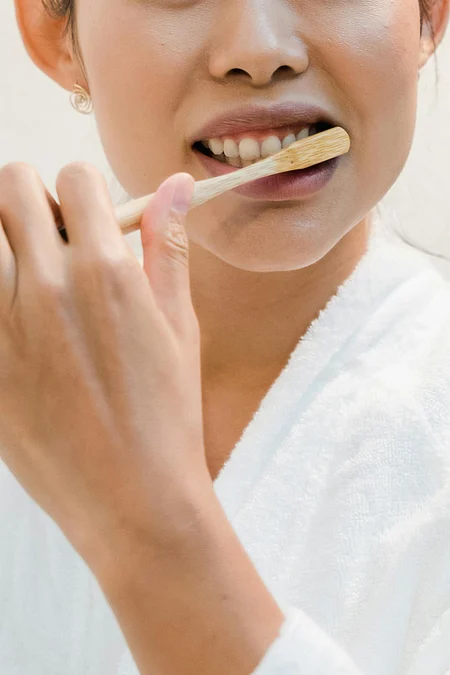By Pauline Songco
Copyright tribune

Oral health varies over the life course — from early life to old age, as do the dental problems that often come with it. Common oral diseases include various ailments and conditions such as dental caries, periodontal (gum) disease, tooth loss, oral cancer, oro-dental trauma, noma and congenital defects like cleft lip and palate. Oral health issues rank as among the most prevalent noncommunicable diseases globally, impacting about 3.5 billion individuals. Tooth discoloration, however, remains as one of the most common dental issues. Your teeth may seem yellowed or may develop dark flecks. This is due to Tobacco usage, tooth damage, poor oral hygiene and specific food, beverages and medication intake.A variety of food can discolor your teeth. Berries (such as blueberries), tomatoes in pasta sauces and curry spices have pigments that adhere to the outer layer of your teeth, causing surface discoloration. Coffee, sodas and sugary drinks can also stain the teeth. . One of Korea’s best-kept beauty secrets has always been their bright smiles. Take it from IU, the “Queen of K-pop,” whose beaming cheer, contagious laugh and friendly giggles add up to her desirable spark. Her secret? The purple serum. Let’s dive into color theory. Yellow and purple are opposites on the color wheel; when merged, they appear white. For oral beauty, this means purple color corrects yellow tones to appear white. Purple brighteners work by depositing a sheer violet tint on the tooth surface, effectively cancelling out yellowish hues through optical illusion. Caring for your smile means protecting your teeth against cavities and promoting good oral health. Caring for your smile also means keeping it bright, radiant and confidently yours.



